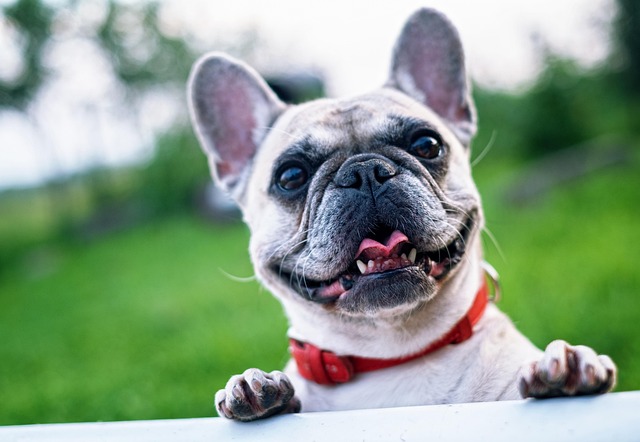
How can I tell if my dog's heatstroke is serious
Let’s be real: It’s a sticky August morning in Los Angeles, and you took your 2-year-old Golden Retriever, Max, for a walk a little later than usual
Dog shedding is a natural part of a pup’s life cycle, but many owners find themselves wondering just how long these fuzzy phases stick around. The answer isn’t one-size-fits-all—several factors, from breed to environment, play into the duration of shedding periods.
Most dogs go through seasonal shedding twice a year, typically in spring and fall. As the weather warms up, they shed their thick winter coats to make way for lighter summer fur, and when temperatures drop, they grow that cozy layer back. For breeds like Golden Retrievers or German Shepherds, these seasonal sheds can last anywhere from two to four weeks. Smaller breeds with shorter hair, such as Beagles or Boston Terriers, might only shed heavily for a week or two.
 Indoor dogs can have more consistent shedding because they’re not exposed to extreme temperature changes. If your pup spends most of their time inside, you might notice a steady trickle of fur year-round instead of intense seasonal bursts. This is normal, but regular brushing can help keep loose hair under control—something to remember if you live in an apartment with strict cleaning policies, as some buildings in cities like New York or London have rules about pet hair accumulation.
Indoor dogs can have more consistent shedding because they’re not exposed to extreme temperature changes. If your pup spends most of their time inside, you might notice a steady trickle of fur year-round instead of intense seasonal bursts. This is normal, but regular brushing can help keep loose hair under control—something to remember if you live in an apartment with strict cleaning policies, as some buildings in cities like New York or London have rules about pet hair accumulation.
It’s important to note that excessive shedding could signal health issues, like poor nutrition or thyroid problems. If your dog is losing clumps of fur outside their usual shedding periods, a trip to the vet is a good idea. Also, certain grooming practices can affect shedding: over-bathing can dry out a dog’s skin and lead to more shedding, so stick to a schedule recommended for their breed.
When it comes to local laws, some areas require pet owners to keep their properties free of excessive pet hair that could become a nuisance to neighbors. Regular grooming not only keeps your dog comfortable but also helps you stay compliant. For example, in parts of California, failing to manage pet hair that clogs drains or creates unsanitary conditions can result in fines.
So, while shedding periods vary, most dogs will have noticeable seasonal sheds lasting a few weeks, with lighter shedding in between. Staying on top of grooming, monitoring for unusual changes, and knowing your local regulations will help you and your furry friend get through shedding season smoothly.

Let’s be real: It’s a sticky August morning in Los Angeles, and you took your 2-year-old Golden Retriever, Max, for a walk a little later than usual

You're enjoying a summer afternoon at the park when you notice your dog has stopped panting and appears disoriented - their gums are bright red

Let’s paint the picture: You’re in your Denver apartment, watching your 4-year-old Boston Terrier, Ruby, plop down mid-play session with her favorite toy

Many dog owners notice their pets nails seem shorter after regular walks,but how much does this daily activity actually help?The answer depends on where you walk—concrete sidewalks or asphalt streets gently file nails as a dog's paws hit the ground

Most dog owners notice their pup scooting across the carpet at some point, but few connect it to impacted anal glands. These small sacs near a dog’s rectum secrete a scent for marking territory

Most vets agree that regular dog teeth cleaning is key to avoiding painful dental issues later. For healthy adult dogs, a professional cleaning at the vet’s office every 12 to 18 months usually works well.